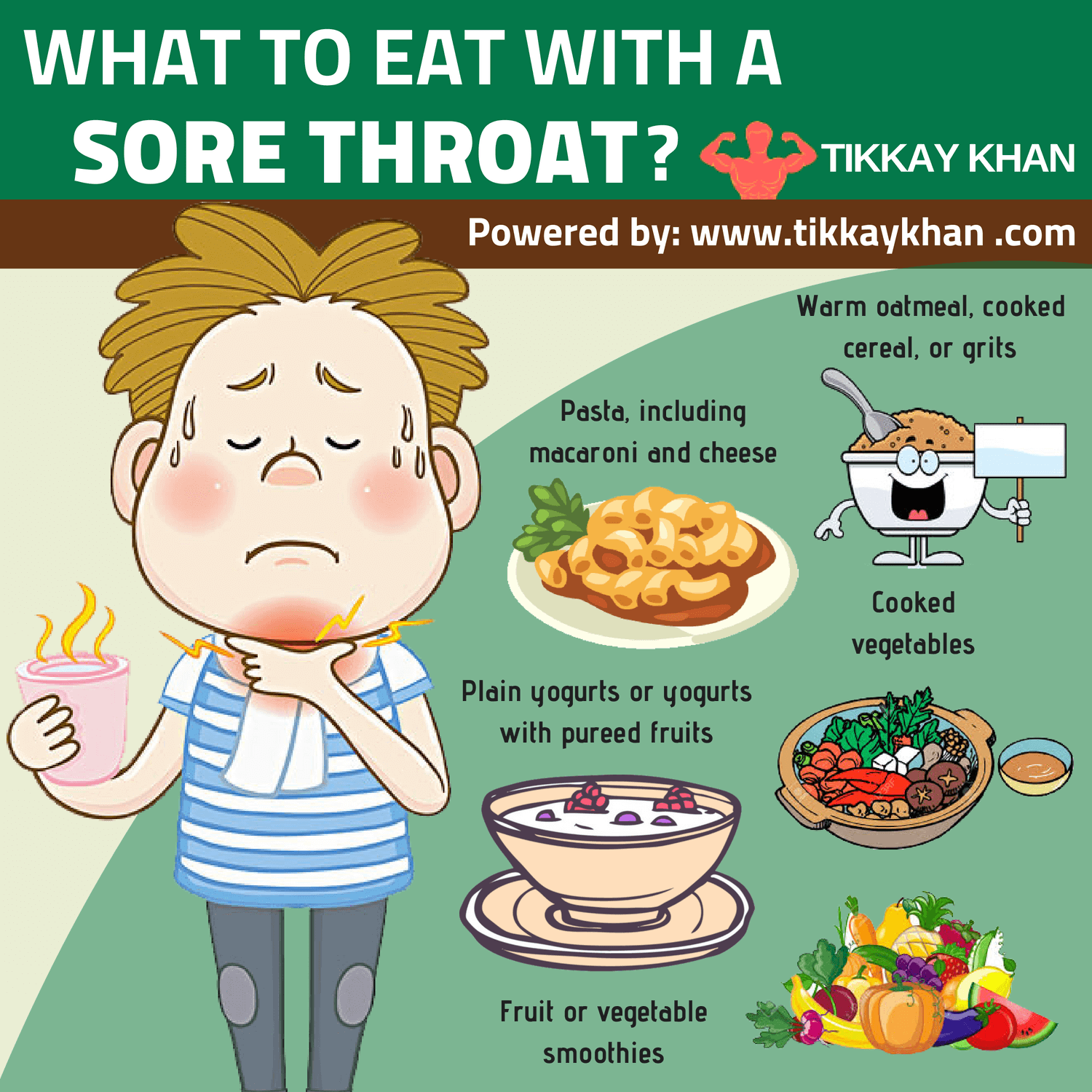 Digital health tools like cellular applications can assist in managing medicine schedules, tracking signs, and setting reminders for follow-up appointments. Role of Technology in Tracheostomy Aftercare
Digital health tools like cellular applications can assist in managing medicine schedules, tracking signs, and setting reminders for follow-up appointments. Role of Technology in Tracheostomy Aftercare Recent advancements in expertise have considerably improved Tracheostomy Aftercare by ENT Specialists. Telehealth services allow extended attain, where specialists can interact with patients remotely, ensuring continued care even in off-hours. Wearable units may also monitor vital signs or detect anomalies in respiratory patterns, providing quick alerts to patients and healthcare providers. These applied sciences empower patients to take a proactive role in their recovery and help ENT specialists in delivering well timed interventions, enhancing the general effectiveness of aftercare.
New applied sciences, together with regenerative approaches involving stem cells, are additionally being investigated, promising exciting prospects for the means ahead for otosclerosis care. Scientists are exploring the underlying mechanisms that contribute to the disease, which may result in revolutionary treatments that would sluggish or halt progression. By staying abreast of emerging research and medical trials, patients can search cutting-edge remedy choices that will someday provide even better outcomes. Research into otosclerosis is continuously evolving, with studies focusing on genetic predispositions and potential pharmacologic interventions. Collaborations between researchers and ENT specialists pave the way for advancements in understanding and managing this condition, highlighting the significance of steady learning and adaptation in ENT otosclerosis car
Proper post-operative administration includes careful monitoring of important signs, ache management, and wound care, in addition to educating sufferers about indicators of complications. Understanding the particular needs associated with ENT surgeries is essential for healthcare providers and sufferers alike. Post-operative care in ENT is crucial as it immediately impacts patient recovery, minimizes issues, and promotes optimal therapeutic. Ear, Nose, and Throat (ENT) surgical procedures are among the most typical procedures carried out in each inpatient and outpatient settings, addressing a range of situations from persistent sinusitis to tonsillectomy. This phase not only addresses instant restoration but additionally supports long-term health, guaranteeing that patients regain full operate and high quality of life after their procedure
Understanding the Importance of Monitoring Vital Signs
In the aftermath of any ENT surgery, diligent monitoring of vital signs is important for ensuring patient safety and https:/%evolv.e.l.U.pc@haedongacademy.org restoration. Regular assessments, typically each 15 to 30 minutes within the preliminary restoration part, help healthcare providers identify potential points early, permitting for prompt interventions. This vigilant monitoring is foundational in delivering efficient post-operative care and safeguarding towards sudden occasion Vital signs, together with coronary heart price, blood pressure, temperature, and oxygen saturation, present important details about a affected person's physiological standing. Any irregularities in these indicators can indicate complications similar to infection or adverse reactions to anesthesia.
Educating patients about their signs, therapy options, and life-style changes performs a major position in empowering them to take management of their well being. Teaching patients about allergen avoidance strategies, the significance of treatment adherence, and how to acknowledge worsening symptoms are crucial parts of effective care. When sufferers understand the connections between their ENT problems and allergies, they are extra prone to interact in their treatment plan actively. Patient education is vital in managing ENT and allergy-related situations. This increased engagement can result in improved outcomes and satisfaction with their general car
This revolutionary technology not solely aids in affected person assessments but also enhances medical training and surgical planning. In recent years, advancements in technology have significantly remodeled varied fields of drugs, and otolaryngology, or ENT (ear, nostril, and throat) practices, are no exception. By immersing healthcare professionals in a 3D surroundings, VR allows for enhanced spatial understanding, improved precision in diagnoses, and the power to simulate numerous medical scenarios. Virtual Reality (VR) emerges as a groundbreaking tool in diagnostic procedures, providing a novel approach to visualise and work together with complex anatomical constructions. As the healthcare landscape continues to evolve, the combination of VR into ENT diagnostics represents a significant leap ahead, potentially resulting in extra accurate and environment friendly affected person car





